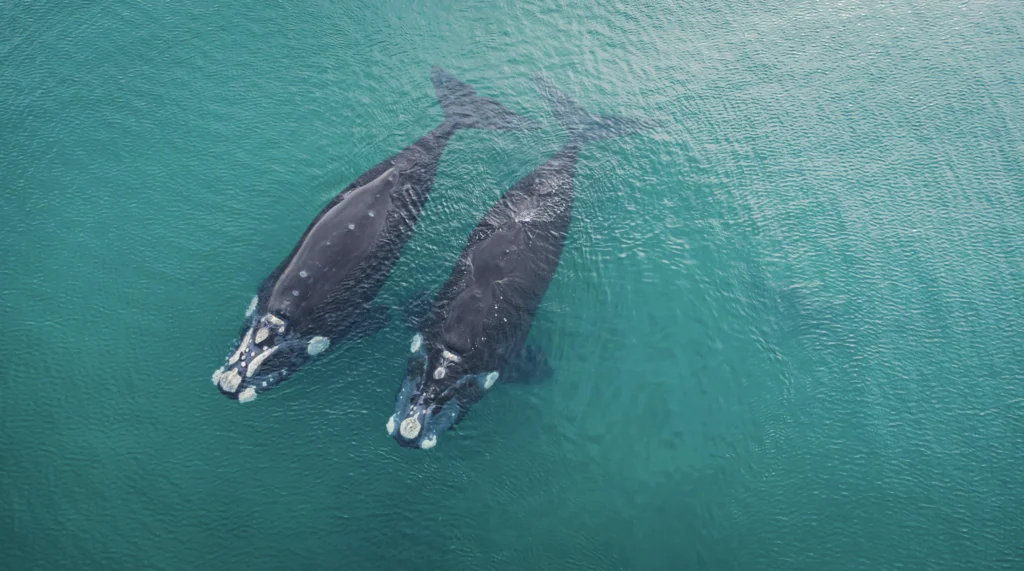modelcampusa.com – The vast oceans of our planet are home to a myriad of life forms, each with its own unique way of communicating. Among these, the hauntingly beautiful calls of whales stand out as some of the most enchanting and mysterious sounds in nature. These songs are not just random noises; they are complex patterns of communication that have fascinated scientists and nature enthusiasts alike for decades.
The Wonders of Whale Songs
Whale songs are a form of acoustic communication produced by various species of whales, most notably the humpback and blue whales. These songs can travel great distances underwater, allowing whales to communicate with one another across vast expanses of the ocean. The songs are often composed of a series of moans, cries, and clicks, with each pattern serving a distinct purpose.
The Purpose Behind the Melody
Whale songs are thought to serve several purposes. One of the primary functions is mating. Male whales often sing elaborate songs to attract potential mates, showcasing their strength and vitality. These songs can last for hours and are sometimes repeated for days on end.
In addition to mating, whale songs are also used for navigation and social interaction. The calls help whales maintain social bonds within their pods and can even assist in echolocation, allowing them to navigate the murky depths of the ocean.
The Science of Whale Songs
Scientists have been studying whale songs for decades, using advanced recording equipment to capture and analyze these complex vocalizations. Research has shown that whale songs can change over time, with new elements being added and old ones discarded. This evolution of song patterns is akin to cultural transmission, where whales learn and adapt their songs from one another.
The Impact of Human Activity
Unfortunately, human activity has had a significant impact on the ability of whales to communicate effectively. Noise pollution from ships and underwater construction can interfere with whale songs, making it difficult for them to find mates or navigate their environment. Conservation efforts are underway to help mitigate these effects and preserve the natural soundscape of the oceans.
Conclusion
The songs of the sea are a testament to the rich and complex lives of whales. These majestic creatures have much to teach us about communication, adaptation, and the delicate balance of marine ecosystems. By understanding and protecting their songs, we can ensure that the enchanting calls of whales continue to be heard for generations to come.
